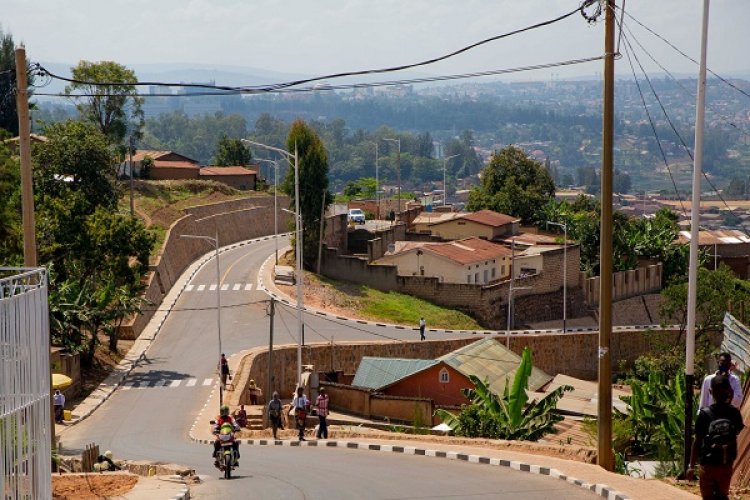Properties belonging to at least 372 landowners will be affected by the planned informal settlements upgrade project across 10 cells of three sectors of Nyarugenge District namely Gitega, Kimisagara and Rwezamenyo, The Rwanda Post has learnt.
A Kigali City Council resolution dated June 09, 2022 indicates that expropriation will cost Rwf6.1 billion.
Hundreds of families will, as a result, move to give room for road infrastructure upgrades and expansion of KN103st, KN94st, KN92st and 10 others spanning the 58 villages in the three sectors.
Municipal officials say this is the first phase of the city-wide informal settlements upgrade project expected to cover five other sites in three Districts of the capital.
City Council had on March 31 approved a resolution paving the way for expropriation of families on estimated 385 hectares to put up roads, water and power supply networks, public lighting and other ameninties under Second Urban Development Project (RUDP II).
Also read: Kigali slums likely to vanish just like that… no demolitions
The municipality on May 23 invited developers to bid for the tender to carry out works in one of Nyarugenge’s old informal settlement site popularly known as Mpazi.
According to proposed designs, the Mpazi project bid winner will deliver 8.2-kilometre asphalt concrete roads, with street lighting for roads and footpaths on a total of 17.5 kilometres.
URBANISATION: Kigali authorities move to fix another ‘slum’
The planned upgrade of informal settlements in Gitega, Kimisagara and Rwezamenyo follows similar works in Nyamirambo under the recently concluded Agatare project.
Other informal settlement sites targeted under the project include Gatenga, Nyabisindu and Nyagatovu in urban Districts of Kicukiro and Gasabo.
Under the project, municipal authorities expand physical amenities to the neighborhoods, thereby allowing dwellers to upgrade their structured to the standards required under the master plan.
The approach has been hailed for minimizing livelihood disruptions and property rights disputes that characterised previous slum eradication approaches.








